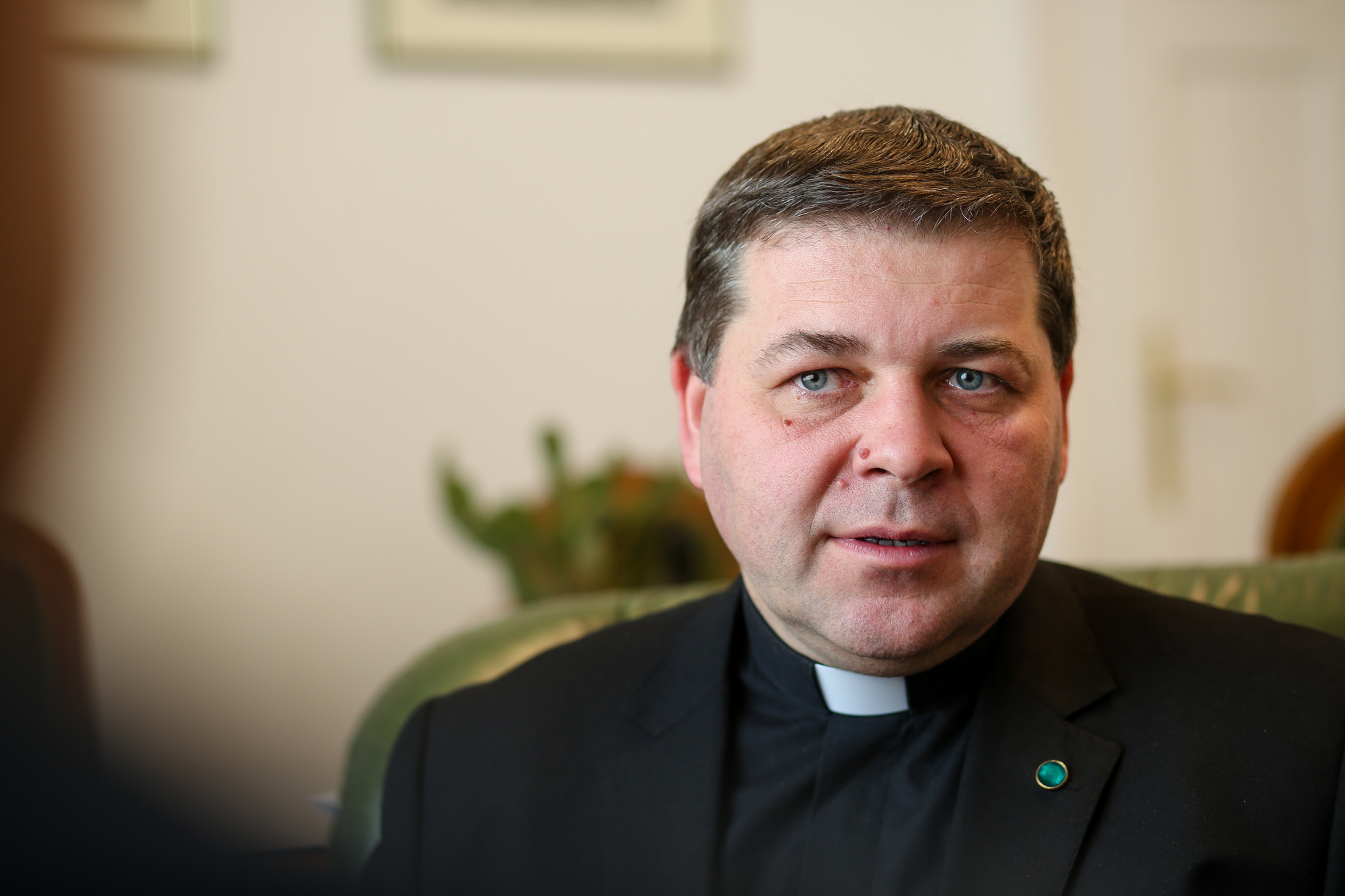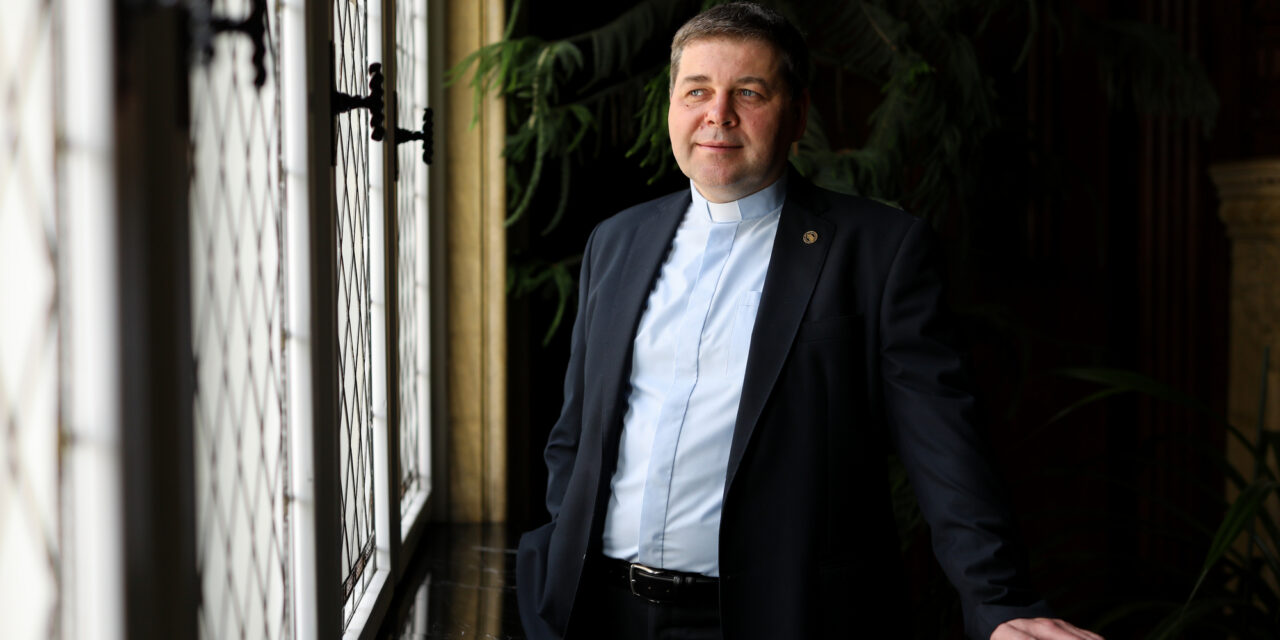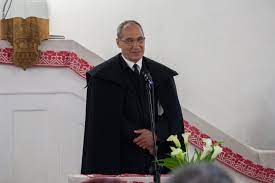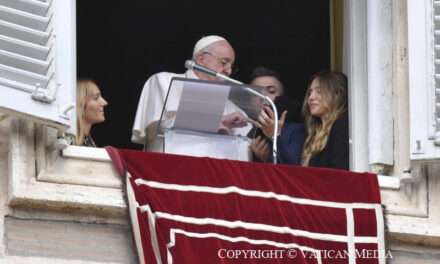The person and respect of King St. István is a bridge between East and West, and teaches us to look to the West and the East instead to look for what connects us with other nations - said Tamás Tóth, secretary of the Hungarian Catholic Bishops' Conference, church historian, in his celebratory interview with our newspaper.
Written by: Tamás Császár
With what measures can St. István's state-making role be supported, and with what provisions did he strengthen Christianity and the role of the church in the young Hungarian state?
In the period following the conquest, Hungarians were looking for their place in their new homeland, in the Carpathian Basin and in Europe. The defeat in Augsburg put an end to the age of adventures, and also signaled that the Hungarians had reached a crossroads. According to the current state of research, Prince Árpád's great-granddaughter, Géza, took the first significant step towards inculturation and integration. It was an important signal that he also chose a Bavarian princess as his wife for his son Vajk, the later King St. István. As a prepared statesman, István made conscious decisions in order to ensure that the new state structure was determined by Christian faith and culture, and he himself set a good example in this regard. You yourself were baptized, II. He asked Pope Sylvester for a crown and founded bishoprics and abbeys all over the country.
What fate would have awaited the Hungarians if István had not oriented himself towards the German-Roman Emperor and the Pope?
It is always a difficult task for the historian, even from the perspective of time, to think about what consequences a different decision could have had. However, it is likely that in this case the young Kingdom of Hungary would somehow have become part of the German-Roman Empire established in 962 - just as this subjugation was attempted even after the death of Saint István III. Emperor Henry.
What chance would Hungarians have - as a state - to survive if they were in the Byzantine zone of interest?
At the time of King Stephen, Eastern and Western Christianity were still united, although differences in culture and thought were still present. The split occurred in 1054, although the truth is that we can speak more of a secession process, the world only became aware of the importance of this date later. By definition, if we had chosen the East, our culture would most likely have continued to develop in this direction. István, however, did not sever ties with Byzantium either, he strove for good relations with them as well. Later, the Eastern Roman Empire was more preoccupied with its own problems, and finally Byzantium fell in 1453, became part of the Ottoman Empire, and today it is known as Istanbul and is the capital of Turkey. Today, very few Christians live in the city.
How did István's cult develop? What are the main stages of this process?
In every age, the person of the founder was important - just as it is today - someone who can be looked up to, who can be taken as an example even in the face of difficulties. King István's legitimate son died in 1038 without an heir to the throne. The years after his death were defined by throne disputes and a new search for self. With the end of this era, it was perhaps self-evident that our first king and his work should be presented as an example to the next generation.
The one who canonized the founder of the state is St. László, whose grandfather, Vazul, was blinded by István. What does this behavior mean in terms of Szentistván's oeuvre?
It is a very difficult challenge for people of all ages to understand the thinking of people of other ages. Every era - even if based on a common base - has its own priorities, ideals, and wayfinding, which are often very different from ours. King László recognized that the work of his predecessor, István, and the example of his personal sanctity and life could give the country new impetus and a stable vision for the future after decades of strife.
The roots of our national consciousness can be traced back to the 18th century, which is inseparable from the Szentistváni state offering and the Regnum Marianum. How does all this show itself through the example of its narrower homeland, Kalocsa?
The Turkish era and the constant warfare caused enormous destruction in the territory of the Kingdom of Hungary. I mention one example: the Diocese of Asztrik, which brought the crown to King István, Kalocsa essentially functioned as a titular archbishopric for two hundred years. In 1526, Archbishop Pál Tomori died on the Mohács battlefield, the next chief pastor, Gábor Patachich, who was able to live in the territory of his parish, arrived in Kalocsá only in 1733. In this year, Kalocsa had seventeen parishes (most of them were re-founded after the recapture of Buda), while in the same place before Mohács there were around three hundred parishes, i.e. three hundred thriving settlements. Perhaps we are not always aware of it, but such a disadvantage had to be overcome in the 18th century, and in this second founding of the homeland, the example of Szent István gave us special strength. It was headed by Mária Theresia, who made August 20 a national holiday, and she brought home Saint Job to Buda from Ragusa, today's Dubrovnik, in 1771.

Photo: Tamás Császár / civilek.info
How can the position of the Regnum Marianum be determined in Europe at the time of Saint Stephen and today?
Our king István created an independent, sovereign state on the border between east and west. He had to face many internal and external challenges in order to create his work, but he was not afraid to face these challenges. The work he started was carried on by his successors. Our Árpád rulers tried to maintain good relations with the countries of Europe, as evidenced by dynastic marriages, which were one of the most important diplomatic tools of the time. Hungary was created, which was a serious geopolitical factor in medieval Europe. The faith, commitment, devotion and wisdom of the ancestors can give strength to the descendants living today in the midst of the present challenges.
Historiography has known a lot about Saint István for a long time: what is his opinion as a churchman, is there anything new that can be said about him?
I believe that Saint István can always tell us something new. Undoubtedly, the science of history is still discovering new things about him, but it is perhaps even more important that people of all ages re-read the legacy of the great king through their own lens and ask themselves what message it all carries for the people of today.
Saint Stephen is a saint of both Eastern and Western Christianity. What does Saint Stephen mean in 21st century church diplomacy between East and West?
The person and respect of King Szent István is a bridge between East and West, teaching us to look to the West and the East instead to look for what connects us with other nations.
What kind of " brand et" does Saint Stephen mean to the Hungarian Christian churches today, or does it mean anything at all?
For us Catholics, the person of Saint Stephen is very important. He is included in the universal calendar, so he is celebrated worldwide. We Hungarians honor his person on August 20, and we also commemorate him with festive masses. He is the patron saint of several of our dioceses and churches, the Basilica of St. István in Budapest stands out among them. The celebratory mass held there, as well as the St. Jobb procession that follows, is an outstanding holiday not only for Catholics, but for all Hungarians, regardless of denomination.
What would you set as an example for those aspiring to the priesthood or for the laity from the life work of St. István?
Szent István never lost sight of the goal. His strong personal faith, perseverance, willpower, as well as the fact that he was not afraid of difficulties and dared to face them with courage and success with a spirit of trust in God, can be an inspiration for all of us when we ask ourselves: what is God calling me, what is my path and what can I do? am i walking on it.
What is the historical significance of the moment when Pope Francis paid his respects to the holy king's relic, Szent Jobb, during his visit to Hungary?
For all of us, the visit of the Holy Father, Pope Francis, to Hungary in the spring was a great joy and also an opportunity to recharge. Among other things, he said the following next to the relic of Saint Stephen:
"He who first entrusted the nation to the Mother of God, who was a proselytizer who resolutely preached the Gospel, the founder of monasteries and abbeys, was also able to listen to everyone and hold a dialogue with everyone."
His gesture, when he kissed Saint Joseph, signaled to all Hungarians: the legacy of Saint Stephen connects us across time, ages and borders, and at the same time gives us a task.
Photos: Tamás Császár / civilek.info












